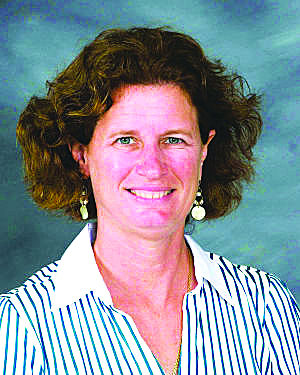Reading is a wonderful experience, especially when a child discovers how. For children with autism, communication is a major challenge. Reading can be very difficult for many of these children as well.
Some children with autism spectrum disorders (ASD) read incredibly well. Yet, they do not comprehend what they are reading. Other children with more severe or classical autism have a tremendous hurdle in comprehending that a group of letters even means a word. For them, just learning to communicate with pictures to express their wants in needs can become a lifelong challenge.
Ideally, over time, the more severe ASD individuals may learn to use a single written word to replace a picture to express themselves.
Chris was one of the newest boys in the class and had not yet learned to read. He was a first grader and had been through the PPCD (Preschool Program for Children with Disabilities). The boy could identify most of his letters but didn’t understand how to put them together to make words. Like all children with ASD, pictures are the best way for them to learn.
The first step in reading was for Chris to be able to match the same pictures from a group of pictures. For example, a picture of a fish on the left was presented on a computer screen. To the right were four choices, a horse, a train, a fish and a ball. Chris learned quickly to match the fish with a fish. Gradually, the pictures moved on to letters, then to groups of letters and finally to words.
Once Chris could match word to word, he was ready to learn how to read.
For Chris the gift of reading opened through the Edmark Reading Program. This particular program had been in the classroom for several years. Though an old program, it still worked its magic. Horse was the first word in the program that the children learned. It was followed by a, car, see, I, and, yellow and ball.
After a few repetitive oral lessons of “Find the word horse. Read the word horse. Find the word a. Read the word a…” Chris moved on to the next section. In that section, a train comes across the computer screen. The word horse appears above the train. Then several doors open on the train including pictures of a horse, a blue car, a blue ball, and a yellow car.
The child must choose the picture that goes with the word. More words are presented with new train doors. The student continues to match the word with the correct picture on the train.
In a short time, simple sentences appear on the screen. Finally, Chris began to read his first sentence “See a horse.” He read it perfectly. The teacher moved the boy into worksheets. She handed him one where he had to circle the word that went with the picture from an array of two. Gradually, more words appeared on the computer including a two word combination of yellow ball.
The first time Chris saw the word combination he immediately picked a green ball. When the computer program shut the train car down, the boy realized he did something wrong. The teacher told him to read the phrase again. Sure enough, this time Chris picked the right train door with the yellow ball. The boy had discovered the magic of reading. Like any child, he was quite proud of himself and rightly so. So was his teacher and family.
Another exciting thing about reading with pictures was that Chris was improving in his communication. Picture based learning for children with ASD is critical. They generally do very poorly with phonic based reading or oral listening skills. At least 25 percent of the general population are visual learners. Visual Learning is especially useful for children with ASD.
Unfortunately, that is not the way reading is generally taught today. Yet, for those with severe ASD, teaching communication and reading best begins with simple picture icons followed with picture words for those who have higher functioning ASD.
Pamela Gross Downing, a special education teacher, can be contacted at [email protected].




